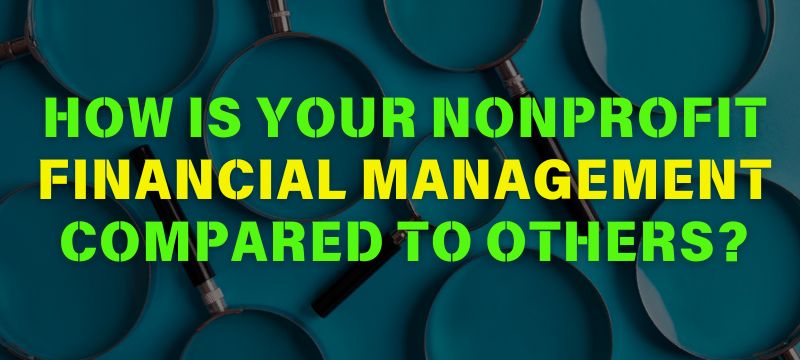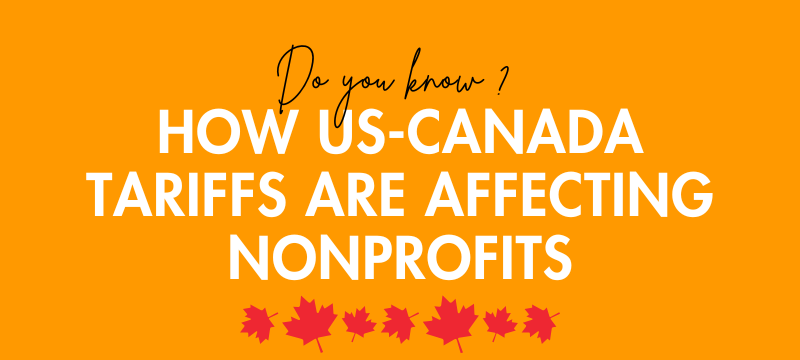Effectively managing nonprofit finances requires a deep understanding of your financial systems. Here are key…

Real-Life Fraud Cases Every Nonprofit Leader Should Learn From
Recently, I attended Welch LLP’s annual Accounting & Tax Update for Nonprofit Organizations. The event covered a wide range of topics, including changes in accounting standards, risk-based reserve management, and ESG sustainability reporting. However, the most compelling part was the discussion on fraud cases—real stories that serve as cautionary tales for any nonprofit. These examples underscore the importance of nonprofit fraud prevention measures that all leaders should consider.
Unauthorized E-Transfers
A small nonprofit organization had a system for email money transfers that they thought was secure. They had a rule that for larger amounts, two people needed to approve the transfer. However, for smaller amounts below a certain threshold, only one person’s approval was needed. They believed this balance would make things efficient for small expenses while still protecting larger sums. This system had a flaw. One of the two authorized people figured out they could exploit the single-approval rule for smaller transfers.
Over several months, this person repeatedly sent money to their own personal bank account, always keeping each transfer just under the threshold that would require a second approval. Because these transfers were small and didn’t need a second person to check, they went unnoticed for a long time. The organization only discovered the problem when someone finally took a close look at their bank statements and noticed many unusual small transfers adding up to a significant amount. This incident shows why nonprofit fraud prevention is crucial, including regularly reviewing all transactions, no matter how small, and being cautious about allowing any transfers without dual authorization.
Wire Transfer Redirection
A large national association that makes about $9 million a year fell victim to a clever fraud scheme. The association regularly sends money to an insurance company in London, England. One month, a fraudster hacked into an employee’s email and, pretending to be part of an existing conversation, changed the bank account details to a different account in England. The association, following their usual payment procedures, sent the money to this new account without realizing it was wrong.
About a week later, when the real insurance company inquired about the payment, they discovered the fraud. By then, the money had been moved to South America and was never recovered. This example highlights the importance of nonprofit fraud prevention strategies, like double-checking bank details for large payments by phone, which can help prevent sophisticated fraud attempts. Even organizations handling millions of dollars can fall prey to such schemes without the right controls in place.
Corporate Credit Card Misuse
This nonprofit organization, like many others, had a finance team to manage its money. One key person on this team was the finance manager. They were given an important job: to oversee all the organization’s expenses, including those made with corporate credit cards. The finance manager had their own company credit card and was also responsible for approving all credit card expenses for every employee – including their own.
At first, this seemed like an efficient system. The finance manager knew the budget well and could quickly approve or question expenses. However, this setup had a big flaw: there was no one checking the finance manager’s own spending. Over time, the finance manager started to take advantage of this lack of oversight, using the company credit card for personal purchases.
This went on for months without anyone noticing. The organization’s other leaders trusted the finance manager and didn’t think to double-check their work. It wasn’t until the yearly financial audit that someone finally spotted some unusual charges. The auditors dug deeper and were shocked to discover that the finance manager had misused over $12,000 of the nonprofit’s money for personal expenses. This incident emphasizes why nonprofit fraud prevention measures, like involving multiple people in approval processes, are essential. If someone else had been regularly reviewing the finance manager’s expenses, this misuse of funds might have been caught much sooner.
Conclusion: Strengthen Your Financial Controls
These real-life stories underscore the importance of robust nonprofit fraud prevention practices. Without proper checks, even well-meaning systems can be exploited, leading to significant financial and reputational damage. To mitigate risks, nonprofits should adopt comprehensive financial policies, involve multiple people in approval processes, and regularly review all financial activities. If your nonprofit is struggling to maintain thorough oversight due to limited resources, outsourcing your bookkeeping and CFO functions could be a cost-effective solution that offers both expertise and peace of mind.



